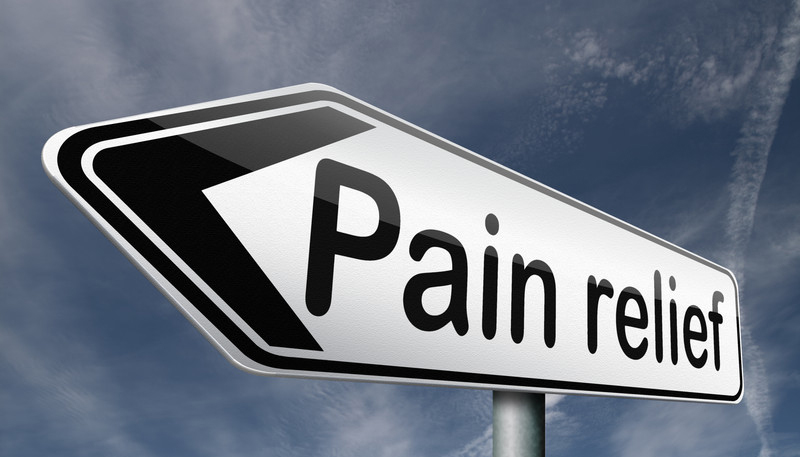
New state-of-the-art German medical research at University hospitals in Charité and Wurzburg has isolated a special body chemical responsible for the pain reduction activated by acupuncture. The anti-pain chemical is a chemokine called CXCL10. Acupuncture stimulates its expression which, in turn, reduces pain and inflammation by activating natural opioids in the body, interferon, and mRNA—thereby reducing sensitivity to pain. In general, chemokines attract white blood cells to sites of infection to assist in immune system responses. This research eliminates the placebo effect as the active role in acupuncture analgesia and establishes acupuncture as an effective down-regulator of pain and inflammation responses. The incredible increase in quality acupuncture research in the last two years is staggering. This latest finding sweeps away critics of acupuncture. The skeptics are simply uninformed about the new modern scientific acupuncture findings. Dr. Ying Wang and her colleagues are from prestigious medical institutes in Europe including (University Hospital of Würzburg) as well as one of the largest university hospitals in Europe (Charité). They discovered this pain relief mediator in a controlled laboratory experiment. More recently, Dr. Ying Wang is now a medical researcher at the University of Minnesota, School of Medicine.
http://www.healthcmi.com/Acupuncture-Continuing-Education-News/1297-medical-breakthrough-pain-reduced-by-acupuncture
References:
1. Wang, Ying, Rebekka Gehringer, Shaaban A. Mousa, Dagmar Hackel, Alexander Brack, and Heike L. Rittner. “CXCL10 Controls Inflammatory Pain via Opioid Peptide-Containing Macrophages in Electroacupuncture.” PloS one 9, no. 4 (2014): e94696.
2. Wang Y, Hackel D, Peng F, Rittner HL (2013) Long-term antinociception by electroacupuncture is mediated via peripheral opioid receptors in free-moving rats with inflammatory hyperalgesia. Eur J Pain 17: 1447–57.
3. Manheimer E, White A, Berman B, Forys K, Ernst E (2005) Meta-analysis: Acupuncture for low back pain. Ann Intern Med 142: 651–663.
4. Vas J, Aranda JM, Modesto M, Benitez-Parejo N, Herrera A, et al. (2012) Acupuncture in patients with acute low back pain: A multicentre randomised controlled clinical trial. Pain 153: 1883–1889.
5. Zhang RX, Lao LX, Wang LB, Liu B, Wang XY, et al. (2004) Involvement of opioid receptors in electroacupuncture-produced anti-hyperalgesia in rats with peripheral inflammation. Brain Res 1020: 12–17.
6. Taguchi R, Taguchi T, Kitakoji H (2010) Involvement of peripheral opioid receptors in electroacupuncture analgesia for carrageenan-induced hyperalgesia. Brain Res 1355: 97–103.